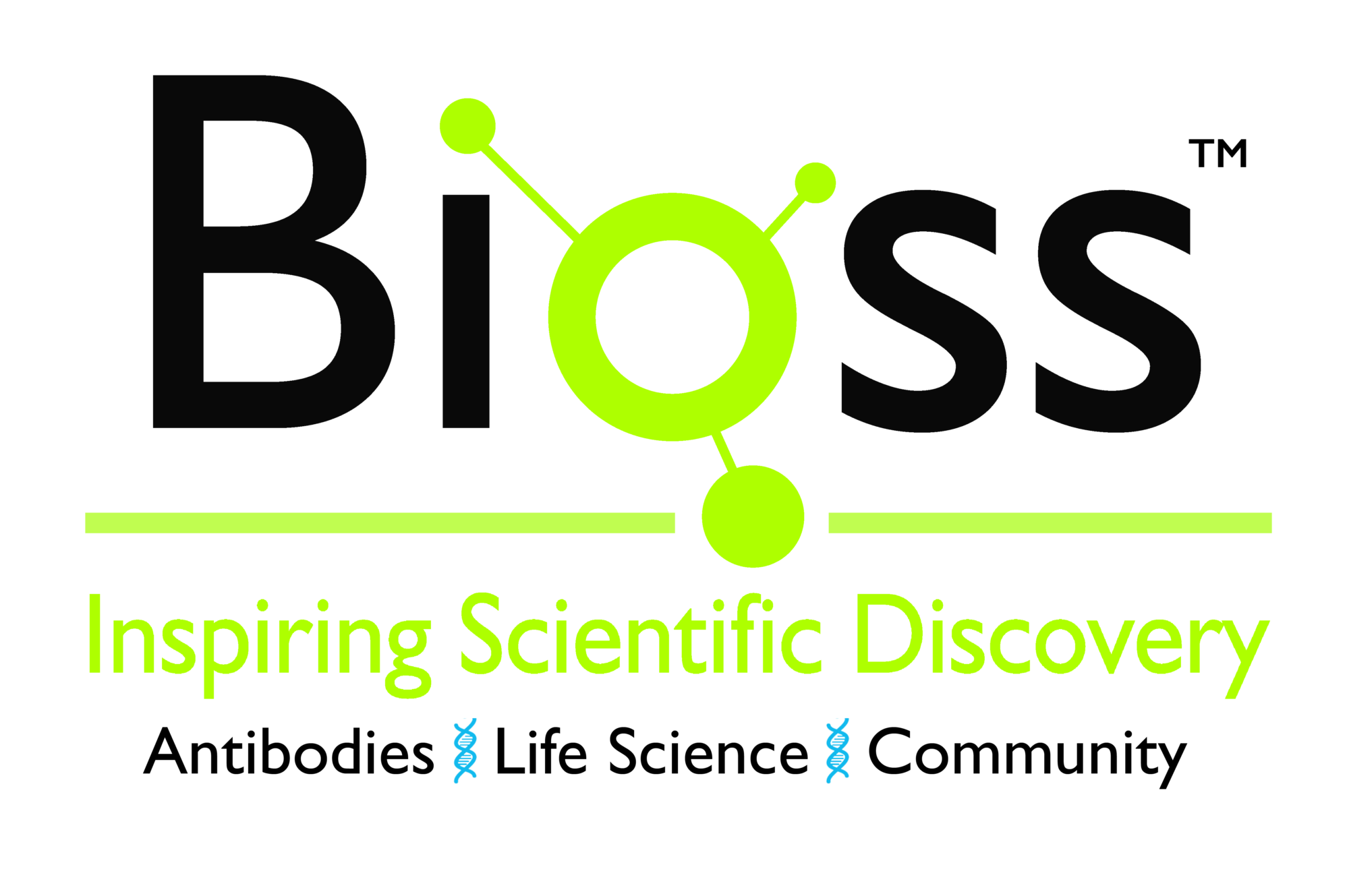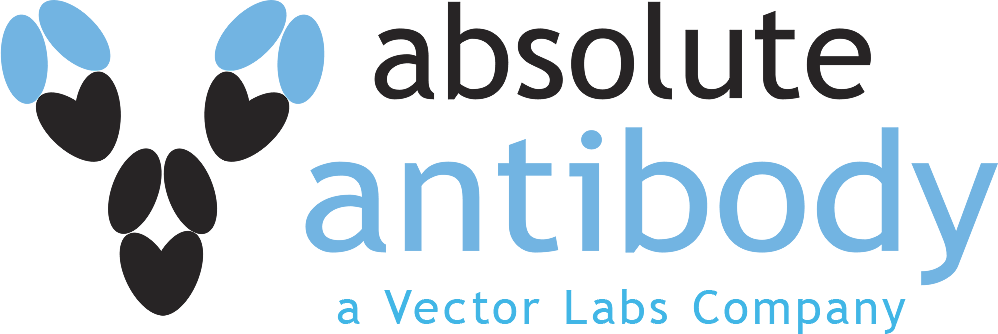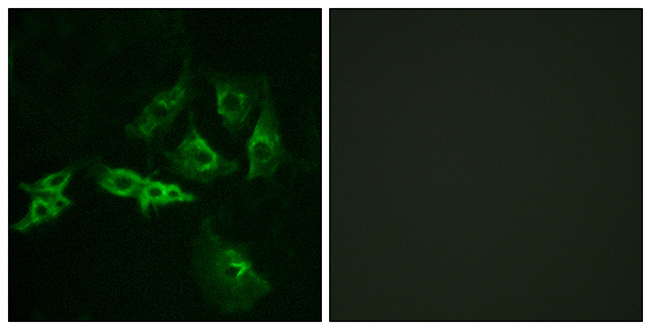GnRHR antibody [HL2638]
GTX639094
ApplicationsWestern Blot, ImmunoHistoChemistry, ImmunoHistoChemistry Paraffin
Product group Antibodies
ReactivityHuman, Mouse
TargetGNRHR
Overview
- SupplierGeneTex
- Product NameGnRHR antibody [HL2638]
- Delivery Days Customer9
- Application Supplier NoteWB: 1:500-1:10000. *Optimal dilutions/concentrations should be determined by the researcher.Not tested in other applications.
- ApplicationsWestern Blot, ImmunoHistoChemistry, ImmunoHistoChemistry Paraffin
- CertificationResearch Use Only
- ClonalityMonoclonal
- Clone IDHL2638
- Concentration1 mg/ml
- ConjugateUnconjugated
- Gene ID2798
- Target nameGNRHR
- Target descriptiongonadotropin releasing hormone receptor
- Target synonymsGNRHR1, GRHR, HH7, LHRHR, LRHR, gonadotropin-releasing hormone receptor, gnRH receptor, gnRH-R, gonadotropin-releasing hormone (type 1) receptor 1, leutinizing hormone releasing horomone receptor, leutinizing-releasing hormone receptor, luliberin receptor, type I GnRH receptor
- HostRabbit
- IsotypeIgG
- Protein IDP30968
- Protein NameGonadotropin-releasing hormone receptor
- Scientific DescriptionThis gene encodes the receptor for type 1 gonadotropin-releasing hormone. This receptor is a member of the seven-transmembrane, G-protein coupled receptor (GPCR) family. It is expressed on the surface of pituitary gonadotrope cells as well as lymphocytes, breast, ovary, and prostate. Following binding of gonadotropin-releasing hormone, the receptor associates with G-proteins that activate a phosphatidylinositol-calcium second messenger system. Activation of the receptor ultimately causes the release of gonadotropic luteinizing hormone (LH) and follicle stimulating hormone (FSH). Defects in this gene are a cause of hypogonadotropic hypogonadism (HH). Alternative splicing results in multiple transcript variants encoding different isoforms. More than 18 transcription initiation sites in the 5 region and multiple polyA signals in the 3 region have been identified for this gene. [provided by RefSeq, Jul 2008]
- ReactivityHuman, Mouse
- Storage Instruction-20°C or -80°C,2°C to 8°C
- UNSPSC12352203








